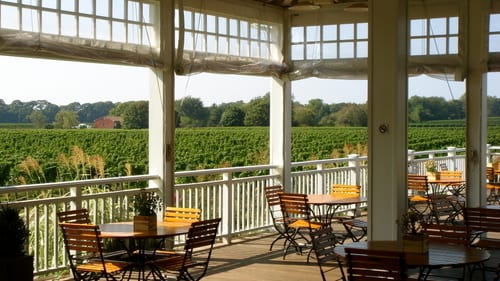 Coming home is a great feeling. After travelling for 10 months in Australasia, I was again back in my old stomping grounds of NYC and, more importantly, the Long Island wineries. Just an hour and a half east of Manhattan, you can find yourself in some of the country’s most promising vineyards and pristine nature preserves.
Coming home is a great feeling. After travelling for 10 months in Australasia, I was again back in my old stomping grounds of NYC and, more importantly, the Long Island wineries. Just an hour and a half east of Manhattan, you can find yourself in some of the country’s most promising vineyards and pristine nature preserves.
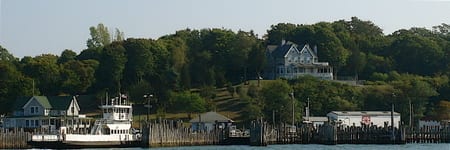
Building wine lists and sommeliering in NYC for the past 10 years, I would regularly visit the North Fork and the Hamptons on the South Fork to relax and to explore what was happening in my local wine region. A wise man once told me that any decent wine list should represent what is happening locally, and that when you open a list you should be able to figure out where you are in the world. Chefs do this with local farmers and fishermen, so it should go with wine programs. People visited my home for 5 years, Bouley, from all over the world, and it gave me great pleasure to pull something local and well made out of my bag of tricks.
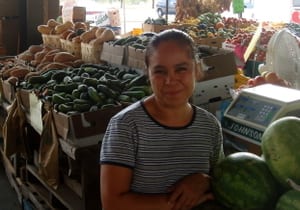
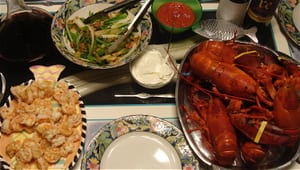
Over time I became friends with vignerons and their families. Children were born, couples became married, and a new community was expanding before my very eyes. As my support for the Finger Lakes and the Hudson River mounted, it was the proximity to Long Island and the wide open feeling of the ocean, however, that kept LI as my favorite destination. It’s an area still developing its wine identity, first planted in the early 1970’s, but has been producing some very good white wine for many years. Reds have trouble ripening here, although earlier ripening varieties like teroldago and lagrein have now been planted.

My relationship in the area began with Channing Daughters in 1999 with a leggy blonde named Katherine L. She sold their unoaked chard to Joseph Nase, my mentor, at Lespinasse. It was quite a coup for her and the winery. At the time Lespinasse was one of four four-star dining rooms in NYC, and Channing put out a half page advert in the NY Times quoting Joseph, “Finally a chardonnay that doesn’t taste like wood.” I remember the wines being decent enough, but mostly I remember it being my first encounter with the power my boss had. Katherine had cashed in on years of selling Joseph wine, and she was gonna milk it. But in the end, it opened all of our eyes to Long Island wines. Soon after cabernet franc from Schneider appeared on the Grand Award winning list, then a dry gewurztraminer from Lenz. On a wine list of 1500 selections from the top producers in the world, Long Island had arrived. 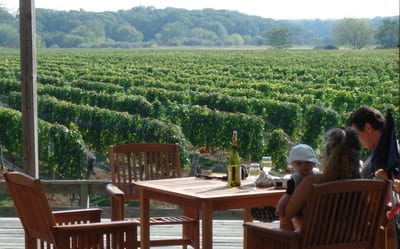
Since that time, I got jobs that actually paid decent money and I began to finance my own trips into the region. Being a sommelier meant that the wineries would supply complimentary lodging in order to develop relationships and get me to taste their wines. It worked. A weekend trip to Bedell Cellars’s posh guesthouse served as a starting point to meet many other local producers. Whizzing around the district in a topless jeep, I met the Massoud’s at Paumanok Vineyards. 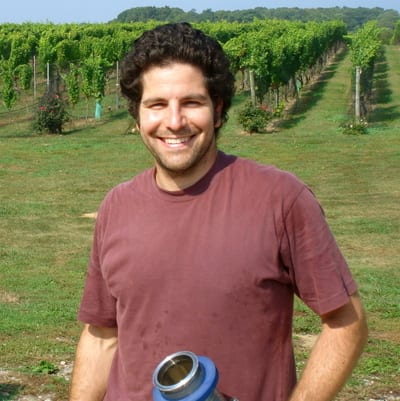
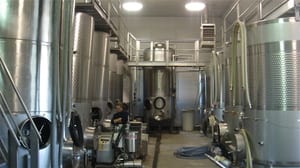 Their hospitality and friendship led to my purchase of their 2000 Grand Vintage Chard which was so good that it left most skeptics convinced of Long Island’s potential. Paumanok’s bone dry chenin blanc would later become the benchmark for the variety in the US. Kareem Massoud, the eldest son and emerging winemaker, introduced me to other progressive winemakers, like Christopher Tracy at Channing Daughters in the monied village of Bridgehampton.
Their hospitality and friendship led to my purchase of their 2000 Grand Vintage Chard which was so good that it left most skeptics convinced of Long Island’s potential. Paumanok’s bone dry chenin blanc would later become the benchmark for the variety in the US. Kareem Massoud, the eldest son and emerging winemaker, introduced me to other progressive winemakers, like Christopher Tracy at Channing Daughters in the monied village of Bridgehampton. 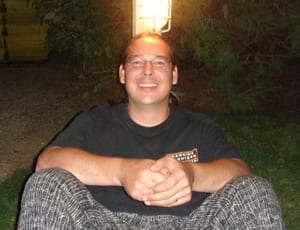
As a buyer, one thing I was always on the lookout for was uncommon varietals from up and coming areas. There was a buzz on the Island about Channing’s Tocai Friulano, and the excitement about what their new winemaker was doing was contagious. The region was proud to see someone working outside the box, moving away from the ubiquitous chardonnay and average merlot (Lenz’s Old Vines Merlot was the exception) that had dominated this maritime district for the last 20 years. As I arrived unannouced at the winery’s busy cellar door (Katherine L. was long gone), there was a palpable energy in the air. The staff was warm and extremely knowledgable about their products, and their excitement about what they were a part of was evident. Was this Long Island’s “great white hope”?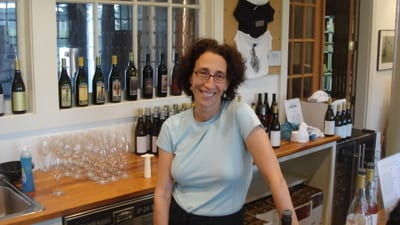
I asked to try the Tocai and was told by Allison Dubin, Tracy’s wife and the GM, that it was only available for members of their wine club. “Great, how exclusive, how do I join?”, I asked. She laughed and handed me an application. As I filled it out, she asked where I was from, and when I said Bouley, she instantly recognized me from an earlier dinner they had at the restaurant. Off we went on a winery tour during their busy Saturday cellar door. The wines were distinctive and made with such passion and intelligence, I’ve supported them ever since. Their Tocai Friulano was and is still terrific, and I was thrilled to score a case for my restaurant. I had found local treasure and felt very proud of myself.
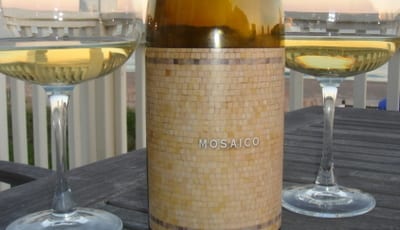
Experimenting and tinkering led to other radical wines made in very limited amounts. Skin fermented white blends made with a nod to Northeastern Italian pioneers like Lis Neris and Slovenia’s Josko Gravner were soon on my wine list. Christopher’s 2004 “Meditazione”, a seven grape white blend with a whopping 29 case production, was absolutely delicious, exotic and lush, and caused a stir amongst Alois Kracher, Austria’s premier sweet wine producer, and Howard Goldberg, wine writer for the New York Times, one night at Bouley. I showed it to them blind next to Chateau Haut Brion’s white. When they were finally convinced it was a Hermitage Blanc from Chave, and they both have terrific palates, I revealed the wines true origin. Kracher’s jaw dropped.
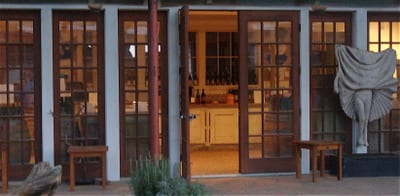
Literally the following night Chris, Allison, Larry Perrine (a huge talent in his own right and one of Channing’s founders), and his wife Jacqui (former owner of NYC’s Grange Hall) had dinner at Danube, the ornate Austrian jewel box of a restaurant superchef David Bouley owned, as well. It was one of those perfect nights, since Kracher was drinking champagne in the bar the night after his meal at Bouley. When I brought him into the dining room to meet Christopher, there was a great wave of mutual respect between them. A Long Island wine had finally broken into the old guard, and Kracher was the proof.
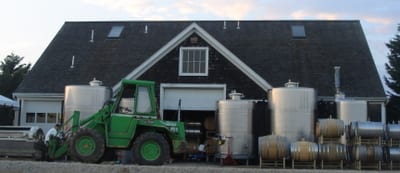
The area seemed stronger than ever on my trip there last month. The same people were still making interesting wine, and most had found niches to fill by now. Chardonnay was being harvested and the whites looked to be in for another great vintage for 2007. All that remained were the reds, and one never knows if they’ll make it. Cabernet Sauvignon can be very fine, but it is a pretty risky grape for LI due to it’s longer ripening cycle. Some good restaurants were also making the scene cooking with the great local products surrounding them, like the North Fork Table and Inn, for example. The community was gaining strength with the next generation already soaking up the cool breezes off the Atlantic.
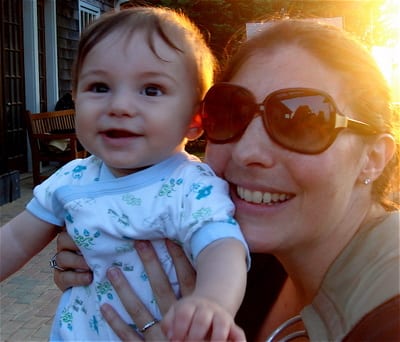
Authentic and distinctive food and wine are what I look for when I’m travelling, even though my corkscrew and grape pin are now in a drawer in a dusty attic on the Upper West Side of NYC. What I end up finding, however, is much more than just quality product: it’s the fascinating people behind it. The amount of love they put into their passion is hard to measure, but when an outsider responds to their work and understands it, or at least tries to understand, a real conversation can begin to develop between them. The discovery of these people doesn’t happen everyday, but when it does, it’s enough to fuel my wanderlust for years to come.
